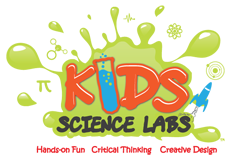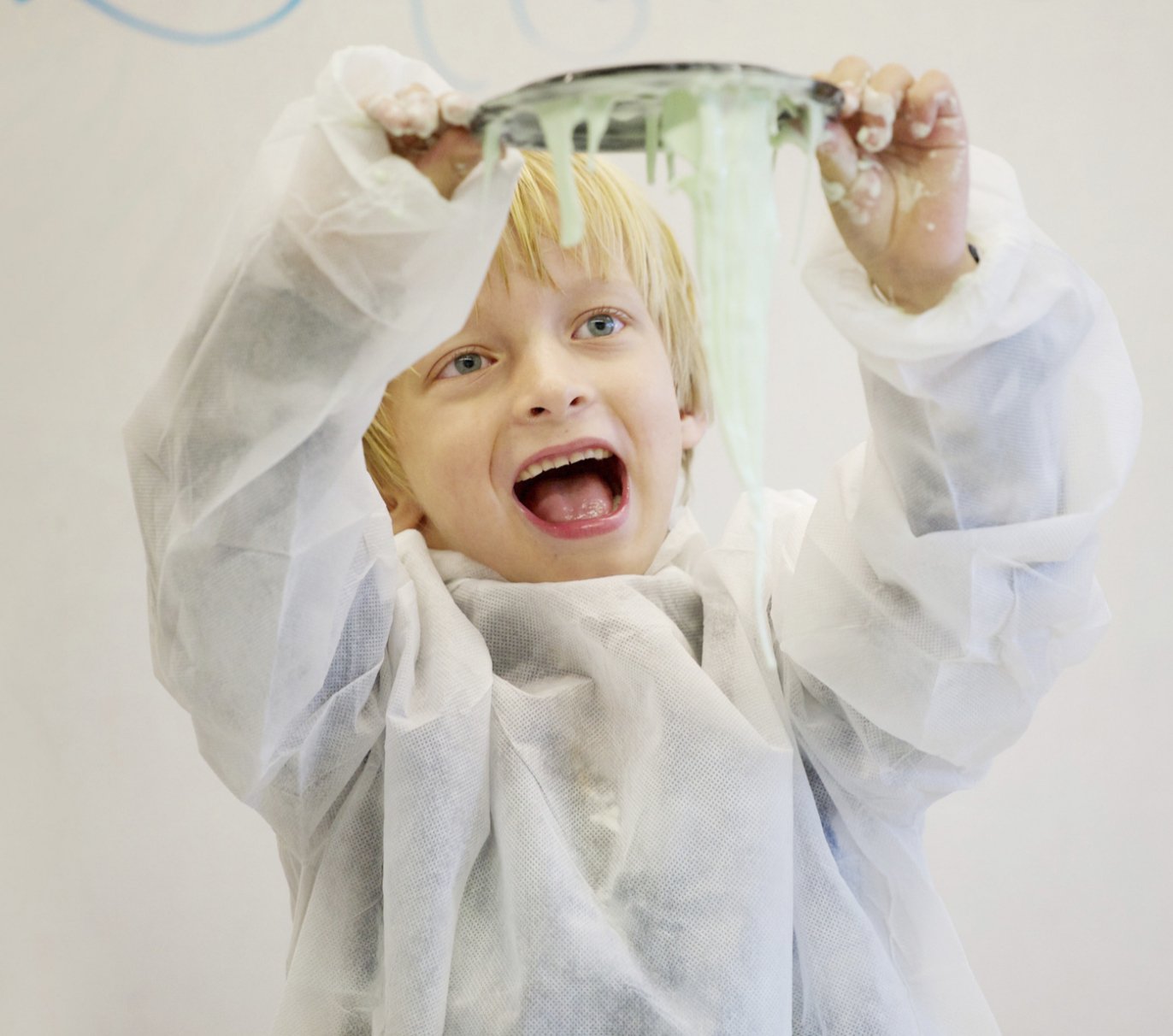Why Does Slime Texture Matter So Much?
Slime texture plays a vital role in the overall experience and enjoyment of playing with slime. The feel, stretchiness, and the way it reacts to touch can completely transform the slime experience, making it a sensory delight for both kids and adults. With so many different types of slimes available today, it’s essential to understand the different slime textures to find the one that’s most enjoyable and fun to play with. Whether it’s the stretchiness of a classic slime or the fluffy sensation of cloud slime, texture truly matters!
Common Slime Textures Include Elastic, Adhesive, Cohesive, Smooth, Beady, and Soft
There are several slime textures that you can explore when making or buying slime. Some of the most popular ones include:
Elastic Slime: This texture offers a fantastic stretch, perfect for making long, fun slime strands. It’s perfect for those who love the stretch and pull of slime.
Adhesive Slime: Sticky but not too much, this type of slime will cling to your hands but won’t leave a mess. It's perfect for sensory play.
Cohesive Slime: Cohesive slime sticks together well without breaking, making it great for slime molds and sculpting.
Smooth Slime: Silky and smooth, this texture feels buttery to the touch, offering a satisfying tactile experience.
Beady Slime: With small, squishy beads inside, this texture is bumpy and offers a more unique tactile sensation.
Soft Slime: This is the more malleable slime, soft to the touch and perfect for those who prefer a gentle slime feel.
Each type of slime texture offers a different sensory experience, which is why it’s essential to understand how these various textures impact the way we play and explore.
Which Slime Textures Offer the Best Sensory Experience?
When it comes to sensory play, the texture of slime is incredibly important. Slime textures such as smooth or soft offer a calming, soothing effect, making them perfect for relaxation. These textures tend to be more squishy and fluid, providing a satisfying sensation when squeezed or stretched.
However, for those looking for something with a little more engagement, textured slimes like beady or adhesive types offer a more interactive experience. The beads inside the slime provide a stimulating sensation as your fingers move through them, and the adhesive properties create a fun challenge of pulling apart and sticking back together. You can always buy a set of SLIME KITs from places like Kids Science Labs, to keep your kids engaged at home while making textured slimes.
How Can You Modify Slime Texture When Making Different Types of Slime?
The beauty of slime is that you can adjust the texture to suit your preferences! You can tweak the ingredients to make your slime thicker, stretchier, or smoother.
To make slime stretchier: Add more glue or activator solution, such as borax or contact lens solution.
To make slime smoother: Incorporate some baby oil or lotion to give the slime a buttery, smooth texture.
To make slime softer: Use a bit of cornstarch or baking soda to alter the consistency and make it gentler to touch.
For a beady texture: Add tiny beads or foam balls to your slime for a squishy, tactile experience.
By experimenting with ingredients and proportions, you can create a variety of slime textures that are perfect for your sensory preferences.
Oobleck Has a Unique Slime Texture, As It’s a Non-Newtonian Fluid
Oobleck is an exciting slime texture because it’s not quite like any other slime. This non-Newtonian fluid behaves differently than most slimes—when pressure is applied, it becomes solid, but when the pressure is released, it returns to a liquid state. This unique slime texture is a fantastic example of how different types of slimes can demonstrate interesting scientific principles.
Poly-Vinyl Alcohol is Really the Most Traditional Slime Texture as It Moves from Liquid to Highly Viscous (Thick) Liquid
Polyvinyl alcohol (PVA) is a key ingredient in many traditional slimes, and it’s responsible for the iconic thick, gooey texture that many people love. When mixed with an activator like borax, it transitions from a liquid to a more viscous, thicker consistency that is stretchy and satisfying to play with. This traditional slime texture is the foundation for many DIY recipes and is widely popular among both kids and adults.
Cloud Slime and Its Many Sisters Offer Several Different Slime Textures
Cloud slime is a particular type of slime that has a fluffy, cloud-like texture, perfect for those who love a lighter, airy feel. However, there are other variations of cloud slime that range from thick and sticky to soft and smooth. Each version provides a different experience, allowing for an incredibly versatile sensory play experience. Kids can enjoy a variety of textures by playing with different types of cloud slimes, which often incorporate elements like fake snow or soft foam beads.
Textured Slime Offers Kids Different Opportunities to Learn Chemistry
Textured slime isn’t just fun; it can also be a valuable learning tool for kids! At Kids Science Labs, we make stretchy slimes all the time. By exploring the chemistry of different slime textures, kids can better understand the science behind viscosity, polymers, and chemical reactions. Each time they modify a slime texture, whether it’s making it stretchier or softer, they’re engaging in real-world science experiments. This hands-on learning can foster a deeper interest in STEM subjects and provide them with a better understanding of how materials behave.
Where Can I Buy Slimes Online?
If you're looking to purchase high-quality, sensory-focused slimes, you can find them online at various retailers such as Sloomooinstitute.com, where they offer a wide range of textures and slimes, each with unique properties. Whether you're looking for smooth, fluffy, or even beady slime, there are many options to explore that cater to all sorts of sensory preferences. Don't forget to check out other online stores that specialize in different types of slimes, so you can experiment with various textures to see which one your child loves most.














